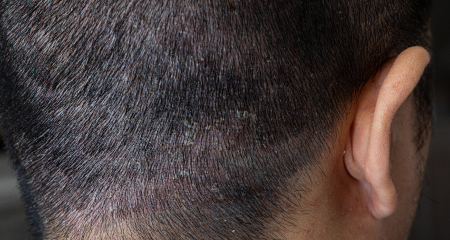
Seborrheic dermatitis affects about 5% of the general population, affecting people of all ages, from newborn infants to adults. At Northstar Dermatology in North Richland Hills, Texas, the board-certified dermatologists have years of experience treating this condition that tends to become chronic in adults, suddenly recurring just when you think it’s healed. If you struggle with a red, scaly, greasy-appearing rash, schedule an appointment by calling the office or booking online today.
Seborrheic dermatitis is an inflammatory skin rash that often occurs in areas where you have oily skin, especially on the scalp, face, eyelids, chest, back, and in body folds. Adults between the ages of 30-60 and infants aged 3 months or younger are the most susceptible.
Infants often get a type of seborrheic dermatitis that’s commonly known as cradle cap. Normal dandruff in adults is a noninflammatory variation of seborrheic dermatitis.
While medical experts don’t know exactly what causes seborrheic dermatitis, they have determined that it isn’t an allergy, it doesn’t harm your body, and it’s not caused by poor hygiene.
When infants have seborrheic dermatitis, it usually disappears by 6-12 months of age without treatment. When treatment is needed, however, Northstar Dermatology recommends shampooing your baby’s scalp daily, gently brushing away the scales, and applying medication to the scalp.
In adolescents and adults, seborrheic dermatitis doesn’t go away without treatment. After examining your skin and evaluating any underlying risk factors, Northstar Dermatology often recommends treatments such as dandruff shampoos and topical medications or creams.
Even with prescription treatments, seborrheic dermatitis can last for years. It often follows a cycle in which the rash clears up and then suddenly flares up without warning.
If you develop an itchy, greasy-looking rash, call Northstar Dermatology or schedule an appointment online today.
